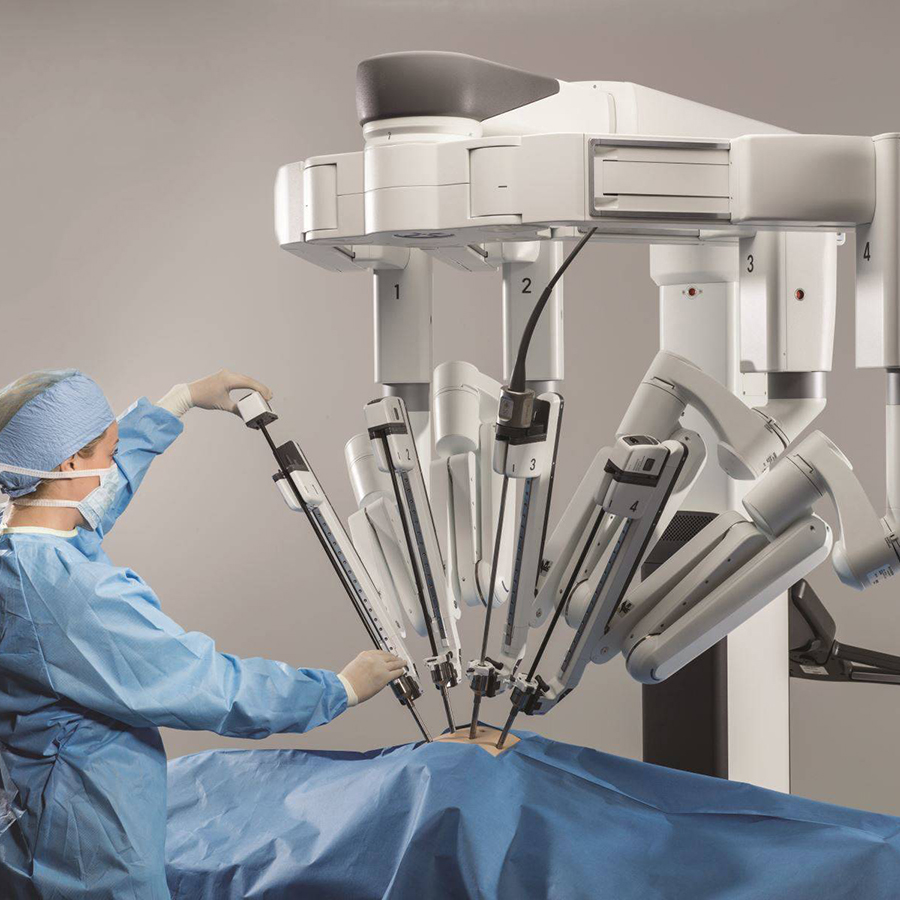Nanotextures solve a historic problem
Nanotexturing that prevents scale forming on the inside of pipes can reduce plant maintenance costs significantly
5G is much more than an increase in bandwidth, it is a giant leap. And these technologies are proving it.
With the arrival of the first 5G-enabled smartphones and network tests, many users are wondering if it will be a true revolution or just the latest tech to stream a 4K trendy TV show. After all, the previous leap from 3G to 4G allowed VoIP services and faster website loading faster, but it was not a gamechanger. However, besides the increased bandwidth, which will reach up to 20 GB per second, with 5G technology there are two other factors that will unleash a host of new applications: low latency and massive M2M (Machine to Machine) communication.
Firstly, low latency, as low as one millisecond, will offer an almost instantaneous response to any device connected to the network. Secondly, the 5G’s capability of connecting a million devices per square kilometer will be one of the main building blocks of the Internet of Things (IoT), which will connect swarms of machines beyond desktop computers and mobile phones. But, getting to the point, what new applications will it enable? These are but a few examples of 5G applications.
Surgical robots operated by surgeons on site are becoming increasingly common. These machines allow carrying out highly precise and non-intrusive interventions. A human operator controls several arms equipped with all the required surgical instruments from a console set in the operation room. The arrival of 5G, however, together with its low latency will mean that a surgeon hundreds of miles away will be able to control the robot’s arms in real-time. Thus, specialists will be capable of carrying out the surgery from distant countries.

Yes, driverless cars have been making news for a few years now, but within the 0 to 5 scale that ranges from purely human driving to a fully automated one, we are still stuck at number 3, which involves a certain degree of control by the driver under all circumstances. In order to reach number 4 —unattended driving under certain circumstances— and, especially, number 5 —a fully automated experience—, several technologies will need to come into place. 5G will be one of the main ones, allowing the communication between driverless cars, as well as with traffic signs and satellites, with exceedingly low latency. Those milliseconds can be the difference between arriving home safely or suffering an accident.
We are entering the post smartphone age. With smartwatches heralding this new paradigm, wearables are already becoming part of our daily lives. Processing and data transmission systems embedded in clothes, home appliances, street furniture, and our own bodies will require a network up to the task. 4G, however, is currently unable to manage such a host of devices. The Internet of Things will also be one of the pillars of smart cities: millions of devices, including home thermostats, smart meter, VAC systems, charging stations for electric vehicles, traffic signs, CCTV cameras, smart lighting…
Microsoft or Amazon are some of the behemoths betting on cloud services. Nevertheless, in the medium term, this technology will go beyond storing files, backups, and databases, by providing the processing power of remote servers to unburden devices from many tasks. Google, with its Stadia streaming videogame platform, will surely leverage the features of 5G to provide a remote gaming experience similar or even better than that of its local counterpart, without the requirement of a fiber optic connection or computer. This means that we will be enjoying the same experience from a smartphone, a TV or a computer, regardless of their computing power. Cloud processing will also support the Internet of Things, allowing basic devices to benefit from the processing power and high capacity storage of remote servers in real-time.
Bomb disposal is another field where robots are becoming an essential tool. This is an era where high precision and, of course, an immediate reaction can be a matter of life or death. Thanks to 5G technology, these robots could provide a remote and safe operation in warzones.
Source: The Telegraph
All fields are mandatory.
Read the most discussed articles
{{CommentsCount}} Comments
Currently no one has commented on the news.
Be the first to leave a comment.
{{firstLevelComment.Name}}
{{firstLevelComment.DaysAgo}} days ago
{{firstLevelComment.Text}}
Answer{{secondLevelComment.Name}}
{{secondLevelComment.DaysAgo}} days ago
{{secondLevelComment.Text}}